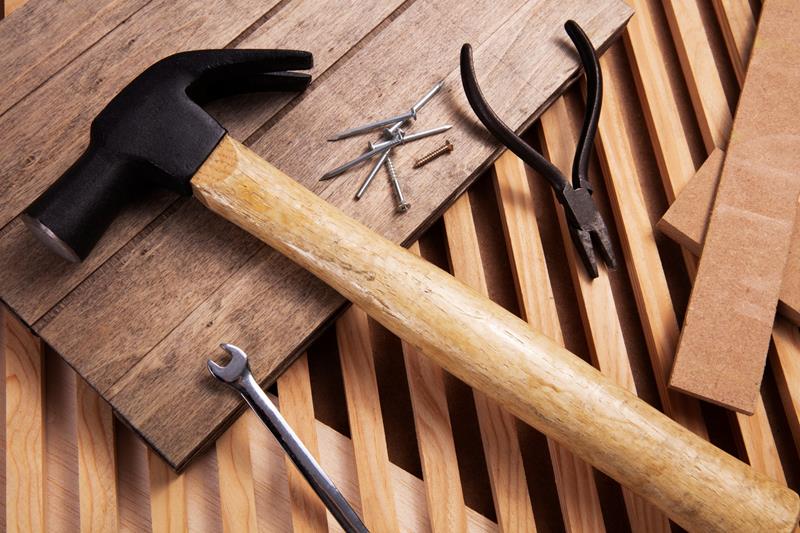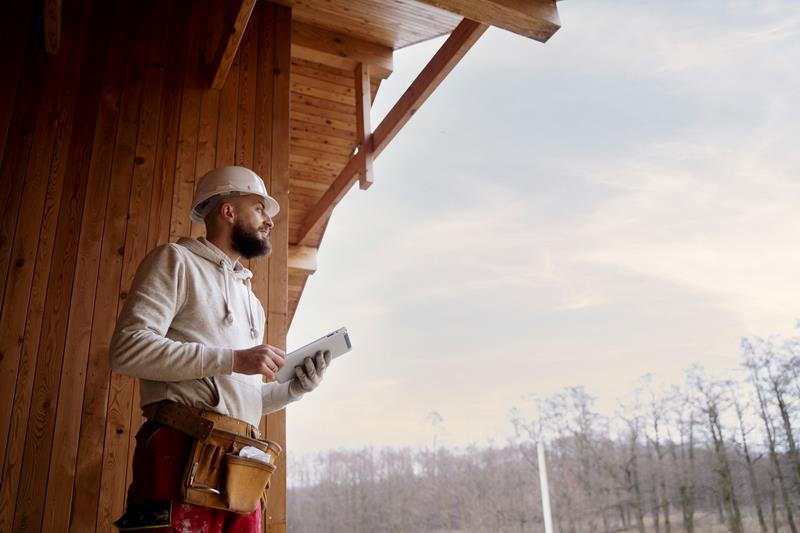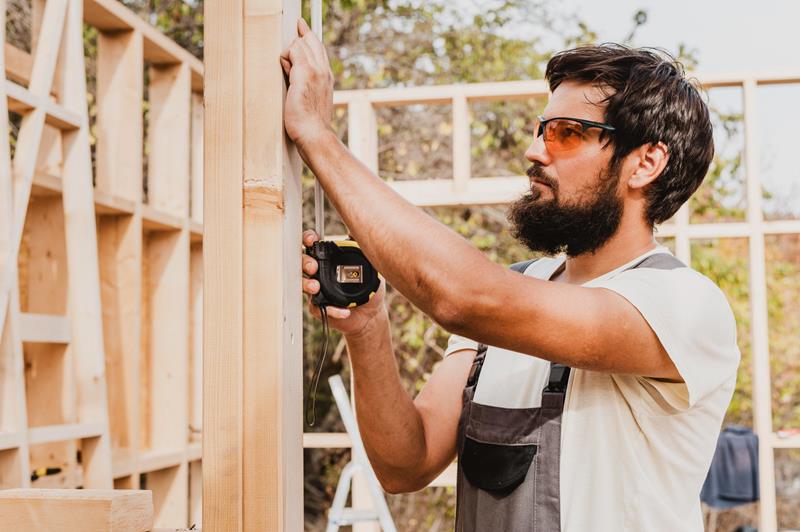As global focus heads towards ecological balance, the building sector must likewise adapt. But what is meant by green building, and how can we move develop eco-friendly practices? Given the escalating housing dilemma and climate change, it is essential now to decrease energy intake and make smart choices of materials for houses.
Exploring Eco-Friendly Building Materials
When repair work and building construction are required, the client is usually interested in such aspects as the price of materials, the quality of the work and the time spent on the process. However, the issue of the impact of building materials on human health often remains unnoticed. Some of them, despite their high quality, prestigious brands and attractive appearance, can harm health. Sometimes these effects can occur unnoticed, contributing to the development of chronic diseases or causing allergic reactions.
Recycled materials in construction are carefully selected taking into account their impact on the environment. The main goal is to minimize negative influence while promoting energy efficiency, resource conservation and long-term environmental sustainability. The selection of eco materials takes into account their life cycle, including extraction, production, transportation, use, and disposal or recycling options.
The use of sustainable components undoubtedly provides certain advantages in the field of ecology and human health. However, it is worth considering that these often have a higher cost due to the complexity of production. They may also be less durable than traditional materials. This can lead to a decrease in the lifespan of buildings and an increase in the frequency of maintenance and repairs required. The limited choice of eco-friendly options can limit the ability of developers and architects to implement their projects.
Cork
Cork is gaining popularity in European construction for its role in insulating houses and buildings. This eco-friendly material is harvested by hand from tree bark, ensuring the tree remains unharmed. Its primary appeal lies in its renewability and recyclability, offering a sustainable alternative to conventional insulation. Moreover, cork exhibits remarkable resistance to mold, further enhancing its appeal in construction applications.
Reclaimed Wood
Reclaimed wood seamlessly melds historical legacy with contemporary construction norms, presenting a sustainable substitute to fresh timber resources and mitigating forest depletion and wastage. Integrating this material into the construction sector lessens environmental harm, aiding in resource preservation and the curbing of carbon dioxide emissions.
Recycled Steel
This material is pivotal in crafting eco-conscious edifices and advancing sustainable progress. Its robustness, resilience, and recyclable nature render it a prime selection for framing, roofing, and other pivotal structural components, thereby fostering environmental preservation and diminishing reliance on pristine steel reservoirs.
Bamboo
Harnessing its swift growth and minimal environmental impact, bamboo presents exceptional robustness and adaptability across a spectrum of construction requirements. As a replenishable asset, it seamlessly aligns with sustainable methodologies, mitigating our carbon imprint and advocating for resource preservation. Bamboo epitomizes eco-conscious material, epitomizing the ethos of integrating sustainable resources into contemporary construction, whether for flooring, furnishings, or integral structural facets.

Recycled Plastic
In construction, repurposed plastic finds extensive application, forming drainage systems, pipelines, building blocks, bricks, decorative cladding, flooring, and myriad other uses. This practice curtails reliance on conventional materials, alleviates environmental strain, and minimizes waste accumulation.
Straw Bales
Straw embodies environmental progressiveness in the construction industry, redefining traditional approaches. This material has outstanding thermal insulation properties, reducing energy consumption and emissions. Straw bales are becoming an ideal choice for walls and roofs due to their affordability and efficiency, creating spacious spaces with excellent thermal insulation and energy savings.
Hemp
Transforming the green building industry, this innovative and eco-friendly material exhibits outstanding thermal insulation, reduced energy consumption and increased thermal efficiency. This innovative combination is renewable, capturing carbon dioxide at all stages of its life cycle, ensuring sustainability from production to use.
Mycelium
In nature, mycelium is thin mushroom fibers that spread underground like roots. This dried biomaterial becomes extremely durable, resistant to water, mold and fire, making it ideal for use in construction. Increased interest in mycelium as a building material is due to its environmental sustainability, rapid growth and biodegradability.
Clay
Clay, as one of the oldest building materials, has been used by man for many centuries. Among the advantages of clay, it is worth highlighting its availability and renewability as a resource, excellent thermal insulation properties, and ability to pass air. However, clay is also often susceptible to erosion and degradation by water, requiring special protection and care measures.
Timbercrete
It is an alternative to traditional concrete, which is known for its high carbon footprint. This material combines the strength of concrete with the natural beauty and unique texture of wood. Its advantages also include lightness, strength and versatility in construction. Timbercrete also has good thermal insulation and sound absorption.
Practical Tips for Choosing Sustainable Building Materials
In the contemporary era, the recognition of the significance of eco-friendly construction is steadily increasing. The commitment to preserving the environment is no longer merely a passing fad but an essential component of our collective destiny. When selecting sustainable building elements, various factors warrant consideration. Evaluating their eco-friendliness, encompassing aspects such as carbon emissions, water usage, and waste production, holds paramount importance. Emphasis should be placed on materials crafted through energy-efficient processes and boasting minimal environmental impact.
Another important aspect to consider pertains to the durability and lasting quality of the materials. Environmentally friendly components ought to exhibit endurance over time, requiring minimal maintenance or replacement. Moreover, the ease of access and convenience of materials are crucial in enhancing supply chain efficiency and reducing emissions during transportation. It is essential to give preference to certifications and labels that identify genuinely sustainable building materials. Look for designations such as LEED, BREEAM, and C2C, which indicate compliance with specific sustainability standards.
Moving towards a sustainable and energy-conscious future involves prioritizing eco-friendly materials in the construction of green buildings. Emphasizing recyclable and sustainable materials not only helps reduce the negative environmental impacts of construction but also creates environments that promote the health and well-being of individuals.




